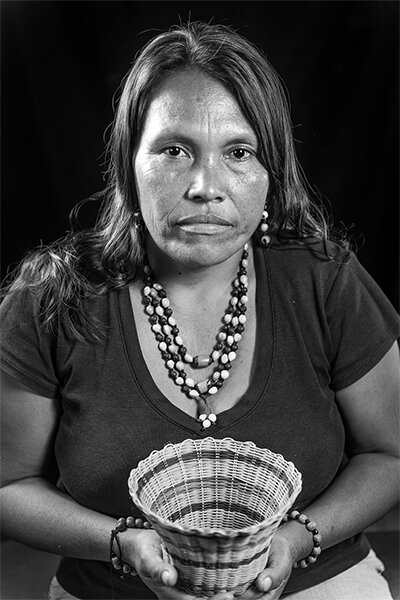
ACEER
ACEER Editorial Staff
Learn more about ACEER
January 13, 2020
Protectors of the Amazon: How Indigenous People are the Key to Amazon Conservation
By Jiordan T. Dror
The Amazon rainforest is one of the most crucial areas of land on our entire planet concerning the earth’s viability, a reality that indigenous groups in the forest have known for thousands of years. When we look to the future of conservation efforts in the Amazon, we must turn our attention to perhaps its most sage residents, with knowledge and wisdom of the forest that transcends even the best science and research.
>
“A report by the World Bank shows that indigenous territories contain over 80% of the world’s biodiversity. ”
Indigenous people have been preserving their forests for millenniums, learning from their ancestors the keys to keeping their forests intact, while still providing for their communities and continuing their natural ways of life. A report by the World Bank shows that indigenous territories contain over 80% of the world’s biodiversity. This not only showcases their ability to be natural conservationists, but it demonstrates the instincts they have to alleviate and decrease climate disasters that have been, and will continue to make way in our lives.
The Ese Eja people of Peru have done this through protecting the trees on their land, specifically trees that have been around since the time of their ancestors. By protecting these centuries-old trees, they prevent fauna from disappearing, which in turn protects the habitats of both plants and animals. By doing this, they are ensuring the survival of their forest, their home, and are keeping the harmonic relationship between themselves and the forest alive. Only using what they need is second-nature to them. This enlightened outlook on the connection between nature and humans is desperately needed in a world so lost in greed and material gain. Indigenous people have cared for their ancestral lands with such mastery, it is only logical to look to them for the answers we have all been searching for to bring back the Amazon they have known and cherished for lifetimes.
>
“Containing 1/3 of all life forms on earth, and producing 20% of the earth’s oxygen, this forest is the poster child for one of the greatest expression of life on earth. ”
The Amazon rainforest is an area of land which contains such an overwhelming array of plant life that is vital for our wellbeing, that it has earned the name, “the lungs of our earth”, and for good reason. Containing 1/3 of all life forms on earth, and producing 20% of the earth’s oxygen, this forest is the poster child for one of the greatest expression of life on earth. Being surrounded by such an environment, indigenous people in the Amazon have learned to have a symbiotic relationship with the forest. They learned the ways of not only living in this incredible place, but living with it, becoming one with the forest and not separating themselves from the very place that supports their existence.
>
“By sustainably harvesting Brazil nuts for their own community, as well as selling them as a manufactured good, the Ese’Eja are contributing to the conservation of their forest, while simultaneously providing themselves with an income to support their families.”
Many indigenous groups in the Amazon have ideologies of limiting the exploitation of natural resources due to their belief that humans must sustain the balance of the universe. An example of this can be seen with the Ese Eja, who sustainably harvest Brazil nuts annually. The Ese Eja do this by never overexploiting the trees that provide them with the nuts. These trees can sometimes be over 500 years old and reach over 150 feet above the forest floor, which is why they never cut them down. This creates habitats for all kinds of animals such as birds, sloths, and countless insects. By sustainably harvesting Brazil nuts for their own community, as well as selling them as a manufactured good, they are contributing to the conservation of their forest, while simultaneously providing themselves with an income to support their families.
data-animation-override>
“The study showed that the titling of the land reduced the clearing of their forests by more than three-quarters and forest disturbance by roughly two-thirds in the span of two years ”
The Ese Eja are only one of many examples of how allowing indigenous people to manage their lands is exceedingly more efficient in terms of conservation. A study orchestrated in the Peruvian Amazon observed the effects of granting the rights of indigenous lands to native communities, showing that decentralized forest governance and giving indigenous groups the rights to their ancestral lands has had a significant impact on deforestation rates. The study showed that the titling of the land reduced the clearing of their forests by more than three-quarters and forest disturbance by roughly two-thirds in the span of two years (Blackman et al. 2017). These results suggest that awarding formal land titles to local indigenous communities can promote better forest conservation throughout the Amazon.
>
“Yet another study conducted by the National Institute for Amazonian Research, found that indigenous lands were more effective at avoiding deforestation in locations with high deforestation pressure than sustainable use areas. ”
Yet another study conducted by the National Institute for Amazonian Research, found that indigenous lands were more effective at avoiding deforestation in locations with high deforestation pressure than sustainable use areas. It also found that deforestation in indigenous lands was, “less likely to be driven by the external, market-driven pressures, and more likely to be a result of internal, subsistence-oriented resource use” (Nolte et al 2013). Despite the evidence that indigenous people are the best resource for preserving the Amazon, there are still many policies preventing native people from gaining back the rights to their land and putting forest management back into their hands. Prohibiting indigenous people from protecting their own lands is detrimental to the future of the Amazon rainforest and climate change mitigation as a whole.
>
“The methods used by indigenous tribes have been shown to encourage biodiversity at a greater rate compared to commercial agriculture, which leaves the land with little to no wildlife habitats and pollutes the environment with the heavy use of pesticides.”
One of the major reasons land is taken from indigenous people is to exploit and capitalize off of it, with the biggest contributors being cattle ranching, mining, and timber harvesting. Indigenous Amazonians have been modifying their environment for thousands of years, rarely over-exploiting it, and carefully practicing and developing farming techniques to reduce the amount of environmental damage done in the long run. Slash and burn techniques used by many tribes have often been condemned by many countries, however, they fail to differentiate between indigenous peoples’ shifting and small-scale farming methods, which have been shown to be sustainable, and the permanent destruction of large areas of forest by mining and large-scale agriculture (Valqui et al 2015). The methods used by indigenous tribes have been shown to encourage biodiversity at a greater rate compared to commercial agriculture, which leaves the land with little to no wildlife habitats and pollutes the environment with the heavy use of pesticides. The knowledge indigenous Amazonians have of the forest around them, and the methods they’ve created to enhance the forest’s ability to provide for their livelihood, is only one of the many ways we can look to them for guidance and inspiration when it comes to rainforest conservation.
Although studies have demonstrated that the rainforest is in better hands while managed by native Amazonians, to this day, indigenous groups such as the Ese Eja have limited access to their ancestral lands. Indigenous people have lived in the Amazon for thousands of years, but have never “owned” it. Conflict with the Peruvian government over land rights has resulted in the destruction of their forests, including pollution created from the overexploitation of their land from mining operations and commercial agriculture. These practices have devastated their lands and have negatively impacted the biodiversity contained there.
When their land is destroyed, a little piece of their culture and ancestral wisdom goes along with it. The incessant genocide of indigenous knowledge is disastrous for the future of their cultures, but also for the world that so gravely needs the knowledge they possess of the rainforest. In a time where the world is facing immense pressures environmentally, their wisdom and understanding of the rainforest ecosystem is not only needed for their own preservation, but is vital for our own.
ACEER has worked with the indigenous Ese Eja for many years now, collaborating on a book, “The Ancestral Lands of the Ese Eja, The True People”, and a cultural mapping project. This project documented their culture, recording traditions for future generations, and continues to empower them to keep their culture identities alive while they face monumental hardships to simply exist in their native homes.
By supporting ACEER, you are making a true difference in the lives of native Amazonians. Purchasing the book, “The Ancestral Lands of the Ese Eja, The True People”, will not only provide you with a unique perspective on the problems the Ese Eja face in Peru, but all donations go to a community development fund to support different community projects, including safe drinking water systems, eco-tourism opportunities, as well as expanding education programs to create the next generation of conservation leaders.
Join ACEER today in the fight to preserve the Amazon rainforest and its indigenous cultures by donating, sharing, or joining future workshops. Indigenous communities are the best stewards of conserving their rainforest, but it is still up to all of us to use our voices and actions to do the best we can to protect it.
Resources
Blackman, A., L. Corral, E. S. Lima and G. P. Asner. “Titling indigenous communities protects forests in the Peruvian Amazon.” Proceedings of the National Academy of Sciences. 2017. 114(16): 4123. https://doi.org/10.1073/pnas.1603290114.
“Indigenous Peoples.” World Bank, 24 Sept. 2019, www.worldbank.org/en/topic/indigenouspeoples.
Nolte, Christoph, et al. “Governance Regime and Location Influence Avoided Deforestation Success of Protected Areas in the Brazilian Amazon.” PNAS, National Academy of Sciences, 26 Mar. 2013, www.pnas.org/content/110/13/4956.
Valqui, Michael, et al. “Revealing the Hidden: Indigenous Perspectives on Deforestation in the Peruvian Amazon.” Forestpeoples.org, Mar. 2015, www.forestpeoples.org/sites/fpp/files/publication/2015/02/fppperureportenglishinternetfinalaug32015.pdf.


1 thought on “Protectors of the Amazon: How Indigenous People are the Key to Amazon Conservation”
Comments are closed.